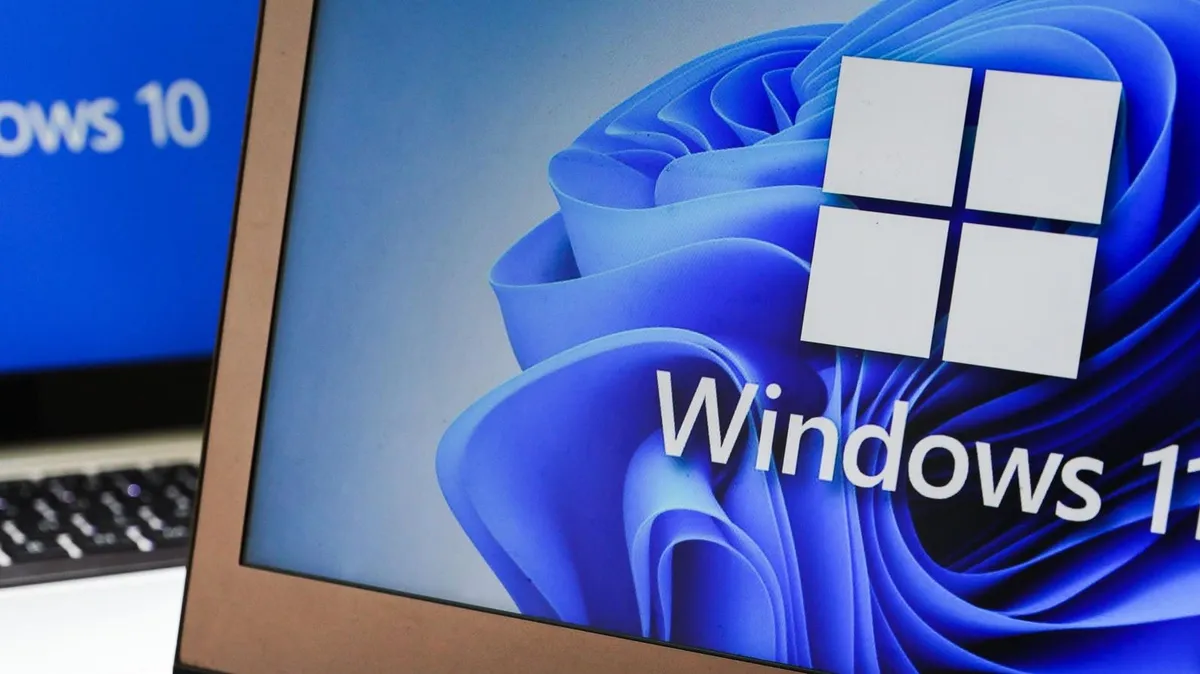
On July 24, Microsoft made a significant announcement that could have a profound impact on the 700 million Windows 10 users. The tech giant has reversed its earlier stance on the end-of-life policy for Windows 10, now providing a free update option aimed at those who have yet to transition to Windows 11. This change effectively postpones the impending challenges for millions of users still relying on the now-outdated operating system.
Microsoft is keen on encouraging users to migrate to Windows 11, which it describes as a faster, better, and safer option. The company acknowledges the hurdles that come with upgrading, stating, “we understand that moving to a new PC can take time, and we’re here to support you throughout the process.” This support is essential for ensuring a smooth transition for those wary of change.
In a recent blog post, Microsoft announced that starting today, users will see an enrollment wizard through notifications and in Settings. This initiative aims to simplify the process of selecting the best options for users and enrolling in the Extended Security Update (ESU) program directly from their Windows 10 PCs. This user-friendly approach is designed to ease the transition for those who have hesitated to upgrade.
While the free 12-month security update extension comes with a catch, it primarily requires users to select one of Microsoft’s offerings, such as utilizing OneDrive or redeeming reward points. Despite this stipulation, the offer is essentially free, making it an attractive option for users looking to maintain their system's security without incurring additional costs.
In addition to facilitating the upgrade to Windows 11, Microsoft is aggressively promoting the benefits of its new AI-powered Copilot PCs. The company is highlighting a range of innovative features and is making a strong case for users to switch from Google Chrome to Microsoft Edge. According to Microsoft, “Edge is the only browser built for Windows, offering the most seamless PC browsing experience with AI-powered tools, productivity features, and built-in performance and security features that help you browse quickly and safely.”
For those who have already upgraded to Windows 11, Microsoft recently touted its latest update as “the most reliable Windows yet.” Compared to the previous Windows 10 22H2 version, the company claims that the failure rates for unexpected restarts have dropped by 24%. This improvement reflects a commitment to enhancing the user experience through extensive collaboration among engineering, design, and user research teams.
For users still on Windows 10, a new PC-to-PC migration tool is set to launch, which has been confirmed by Windows Latest. This tool, aimed at facilitating the transition from Windows 10 to Windows 11, allows users to transfer folders and personal settings over the home network. However, it is important to note that apps and passwords will not be carried over. Users are encouraged to sync their data to OneDrive to ensure a smooth transition, as they can easily restore Store apps and retrieve passwords from their Microsoft accounts.
In a surprising twist, Neowin reported that Microsoft has begun releasing the KB5001716 update, which nudges users to upgrade from previous Windows versions. This update has reportedly triggered a Windows 11 upgrade offer even on systems that are not officially supported. A reader noted that their Windows 10 PC received the upgrade offer despite having TPM disabled to avoid forced upgrades. This situation raises questions about Microsoft's upgrade protocols and the implications for users.
As the deadline for Windows 10 updates approaches in October, it is crucial for users to consider their options. Whether you decide to take advantage of the free Windows 11 upgrade or extend your updates, make sure to act before the usual support for Windows 10 ends. The time to upgrade is now, and the benefits of transitioning to the latest operating system are clear.